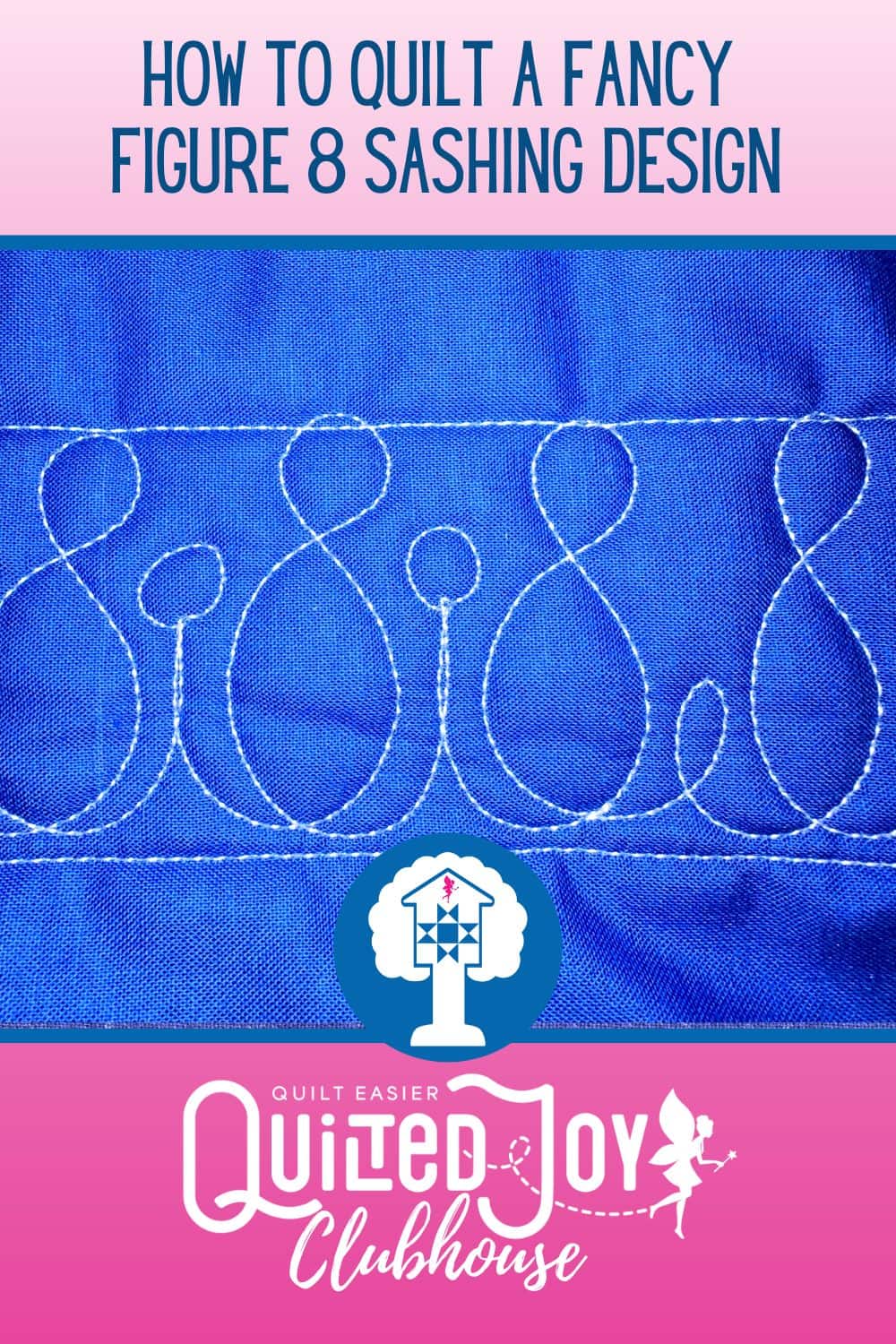What's Happening in Dip, Dye, and Dabble?

Stamps and Printing Tools
Before we get our hands dirty, we'll start by making printing tools. They can be made from sponges, print block (a linoleum or rubber like block), eraser, wooden block, stamps, bottle caps, or even fruit to make prints with textile paints. Part of the fun is the “stamp” is limitless and you’re free to be creative and make whatever design speaks to you! Students are also encouraged to bring a whole list of optional supplies to manipulate their fabric.Optional Supplies
- Things to manipulate fabric with – rubber bands, craft sticks, plexi-glass shapes, buttons, marbles, short pieces of PVC pipes of different diameters.
- Things to dip into wax to create designs – metal tools like kitchen utensils, sponges with different textures, empty thread spools.
- Stamps for printing on fabric – You will be learning to make your own, but if you have a favorite stamp, bring it!
Shibori
Shibori is a Japanese technique for dyeing fabric in which the fabric is manipulated by folding, scrunching, twisting, and stitching. If that sounds familiar that’s because what we think of as tie-dye developed from this technique. Pat will show us how making a few simple adjustments to our fabric can have breathtaking results. [hr]
Value and Color Gradation
Gradation is the visual technique of gradually transitioning from one color hue or shade to another. We see this frequently in our quilts when the colors of the fabrics slowly transition through the colors of the rainbow. In Dip, Dye, and Dabble Pat will show us how to create this effect one piece of fabric at a time. For value gradations, you’ll pick one color and each piece of fabric will become a darker shade of that color. For the color gradation you’ll pick two or three colors, and each piece of fabric will slowly transition from the first color to the next. This will give you some sets of coordinating fabric for your next project. These fabrics are so modern and yummy. They look like the suede Cherrywood fabric! [hr]
Wax Resist with Soy Wax
The wax resist technique is how we’re going to give our fabric the batik look. We’ll dip our stamps, brushes, spoons, etc in soy wax then stamp or draw on the fabric. The soy wax will act as a resist or barrier to prevent the dye from reaching certain areas of the fabric. When you dye the fabric the spaces you stamped will resist the dye and you’ll have a fun pattern that’s unique to you! [hr]
Over-dyeing
Over-dyeing is pretty much what it sounds like – after dyeing your fabric and letting it dry, you simply dye it again. This can have some really interesting results, especially when paired with the wax resist technique. If you’re not too thrilled with the results from a previous day’s dyeing you can over-dye it to make it completely new! [hr]
This may seem like a lot, but we have three days to cover everything! And, you’ll have Pat – an award winning teacher – guiding you through every step.

I’m Angela- Co-host of the Fons & Porter’s Love of Quilting PBS show. APQS Long arm Dealer and Educator. Triplet Momma. Designer. Thread Bimbo.





































Leave a Reply